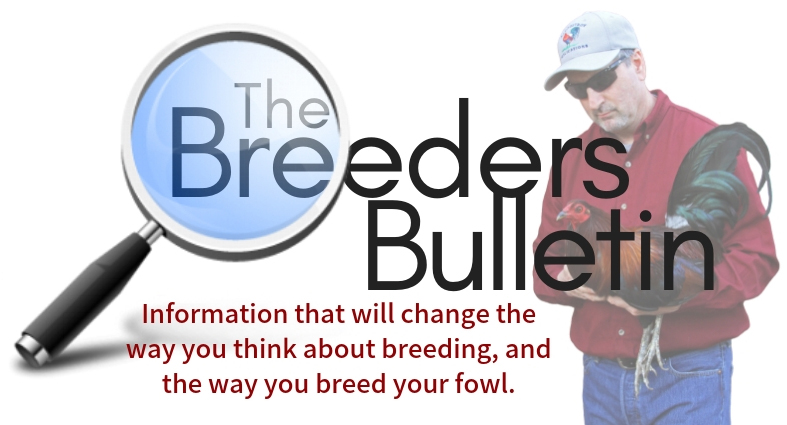By Kenny Troiano
Copyright©2020 by Kenny Troiano/Maximus Troy Publications
We go much more in-depth on the Breeders Academy Membership Website, but here is a bit of information to help expand your knowledge of genetics.
Scientists call the body that one can see the “phenotype” and the invisible genetic potential of its parents its “genotype.” What does this mean?
An individual, who expresses a dominant trait, does not necessarily mean that their genotype is for that trait only. In their cell structure they inherited a pair of chromosomes, one from each parent, which contains genes. These genes determine their overall form and function. If both parents express the same dominant trait, the offspring is pure-bred (homozygous) for that trait, and will pass on that trait to the next generation. The more traits the parents share in common, the more pure will be the offspring.
But suppose the individual receives a recessive gene from one of the parents? To illustrate this point, we’ll use traits such as pea-comb and single-comb. If one of the parents carries the recessive gene for single-comb, and the other parent has a dominant gene for pea-comb, the offspring will be pea-combed, but they will pass on a mixed inheritance of pea and single comb genes in the form of a “recessive” gene to the next generation. When this happens it is considered to be impure or heterozygous.
Are they pure? It’s quite easy to pick out traits that are dominant, but difficult to determine the purity of that trait. For instance, pea-comb is dominant over single-comb, and white legs are dominant over yellow legs, which in turn is dominant over green legs. And let’s not forget that Silver/Grey feathering is always dominant over Red feathering. But can you tell, just by looking at a bird, whether it is pure or mixed? Strangely enough you can, but only if the expresses traits are recessive.
A bird with a single-comb can only be homozygous, if matched with similar genes that produce single-comb, because if it had the dominant pea-comb gene, it would have to express it.
It’s more difficult to figure out a bird expressing a dominant trait, since as we have seen before there is no guarantee of its genetic purity for that trait. He may have a recessive trait that is hidden within its gene pool.

